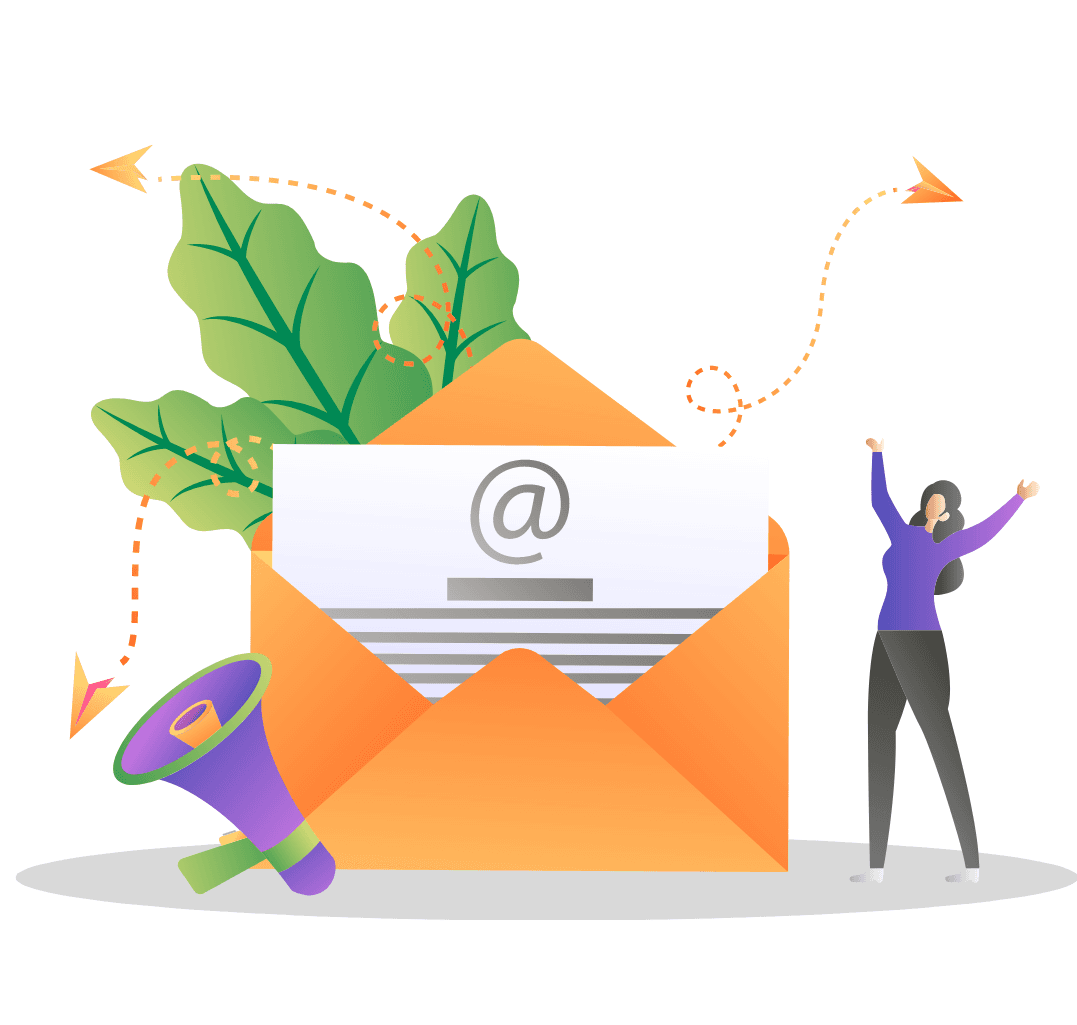
Pre Launch Checklist for Email Campaigns
Essential Steps for Launching Effective Email Campaigns
Email Marketing
Essential Steps for Launching Effective Email Campaigns
Published:
Email Marketing
Hamna Azam
Share

Here is an overview of what you to consider and what not to consider before launching any successful email campaign. We hope you find this useful. Just make sure to protect your main domain or website. Sometimes, one may see a decrease in account reputation due to continuous spam reports or lack of engagement with users. It’s safe to have a secondary domain for your email outreach.
Please ensure you set up SPF, DKIM and DMARC records correctly in your domain dashboard so other mail servers can find you as a legitimate place to send mail to your users and other mail servers will trust you to receive your mail. These are also DNS records that protect you from spam and help other servers trust your server.
It’s always better to avoid spammy keywords (such as free, buy now etc), and large images (purely text based emails are always preferred). Avoiding attachments is also a best practice. Links such as landing pages or links to detect opens, are important factors in determining your reputation. It is also important to give the reader a feeling of one-on-one communication with an email because this will ensure engagement.
If you can achieve an open rate of at least 30% regardless of how many emails you send, that means you are now free to send out as many emails as possible. If you are having trouble achieving an open rate of at least 30%, it is best to slow down and take notes. After achieving the target, one should follow best practices for increasing the volume. And after increasing the volume, it is still important to have a consistent open rate of at least 30%.
One needs to be polite to recipients and provide them an option of subscription from your emails. This will not just clean your list but would also help in avoiding negative feedback or spam reports from clients.
When it comes to email lists, quality is more important than quantity. There's no use sending out a mass campaign straight into the recipient's trash or, worse, junk mail. So, your first task is to clean your list of contacts you shouldn't be sending to. This includes:
1. Non-opt-in contacts — those who haven't explicitly agreed to receive your marketing emails.
2. Invalid email addresses — often due to typos.
Most email service providers automatically remove such addresses when they can't deliver messages. Choosing to send emails when your recipient is likely to be available can help save you wasted email sends and prevent the consequences associated with poor deliverability. Avoiding this scenario will also keep your sender's reputation intact and prevent high bounce rates from occurring.
Once you know who you’re not sending to, you need to decide who you’ll target. The most effective email campaigns tailor content to different groups of people or segments. This will improve the click-through rate on your emails as they are more relevant to the reader.
After deciding on your audience, the next step is to assess what they would gain by receiving your email. This can be special offers, a solution to a problem they face or simply exciting content.
The key to compelling email copy is making it short and straightforward. Avoid long sentences, complicated terminology, and many text boxes by breaking up your words with headings, paragraphs, and lists. It would help if you focus on your reader rather than your organization. Draw them in by using pronouns such as "you". You can even address them by their name if there is a personalization feature in your email marketing tool.
Firstly, you need to grab your audience's attention with an appealing design. You can use newsletters or emails alike to maximize clicks by using CTA buttons and images.
After spending time perfecting your email content and design, it's important to make sure that subscribers open it. For the best first impression, your email QA checklist should also include:
The email subject line
— use this to tell recipients why they should open.
The preview text
— should complement your subject line with extra details.
The email sender
— the sender name and email address should be recognizable.
After your campaign is ready, the next step is to review emails and check for any mistakes. A good checklist to take before you send an email includes:1. Typos, spelling and grammar errors 2. Broken or incorrect links 3. Personalized content that doesn't work.
But wait, not so fast! In email marketing, timing is everything. So think carefully about when subscribers should get your message and which day of the week they should receive it - most platforms will let you schedule your emails at the time and day of your choice. What is the ideal time to send out your email campaign? This answer varies depending on your email recipients and when they are most receptive. You can use tools like Send Time Optimization to help target individual emails.

Reach more customers with your cold emails
Table of Contents
In a nutshell

Subscribe to our Newsletter!
Digital advice costs money but we send it to
your inbox for free.

Related Blogs


Book a quick demo of our email marketing tools and watch as we transform your leads into loyal customers.

![A loop illustration w-auto h-[70px]](/_next/image?url=%2F_next%2Fstatic%2Fmedia%2Fvector1.7738e6de.png&w=256&q=75)
Get in touch
Subscribe to our weekly Newsletter and receive updates via email.